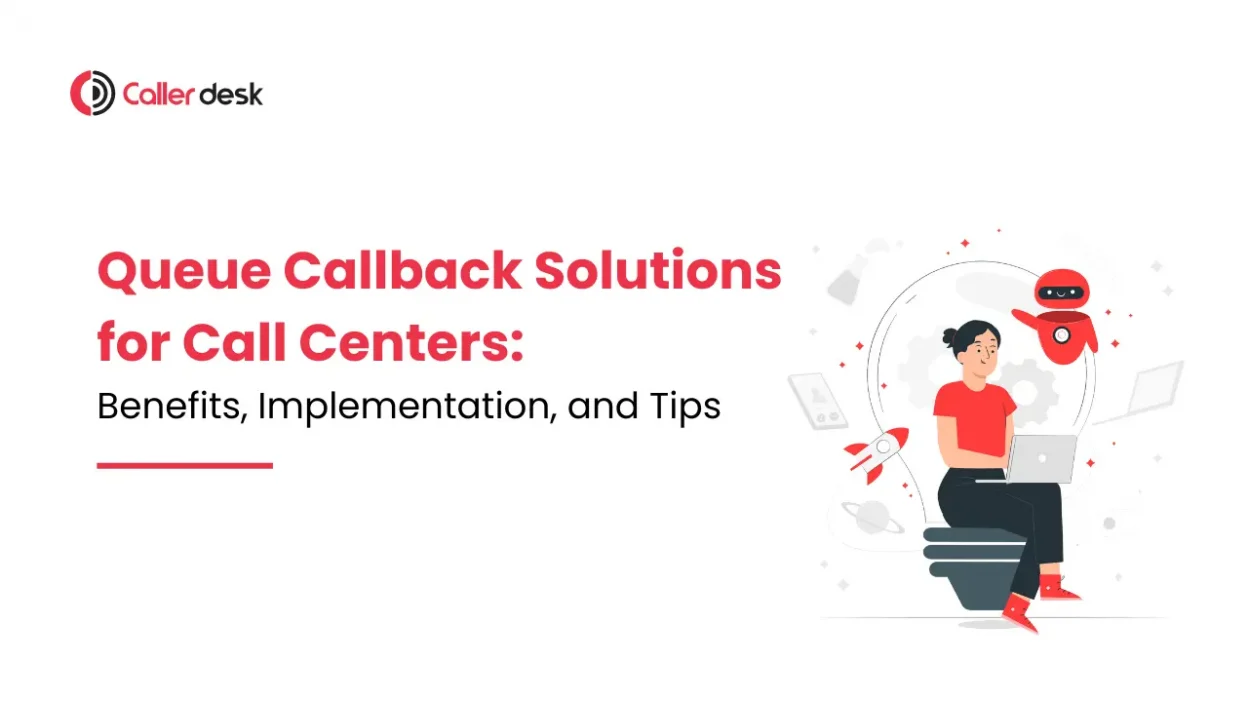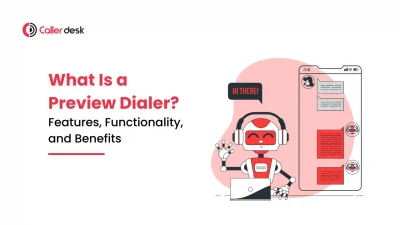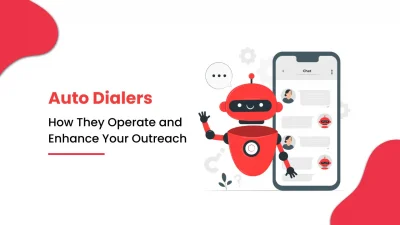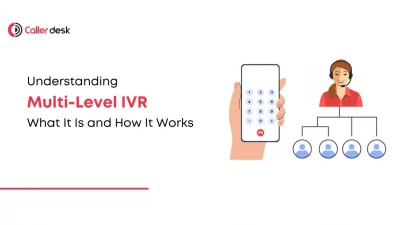Have you ever been stuck on hold, waiting endlessly for a customer support agent? It’s frustrating, right?
A queue callback solution solves this problem by letting customers request a callback instead of waiting in line. This makes customer service faster, smoother, and less stressful for both customers and agents.
With the right queue callback system, call centers can reduce hold times, improve customer satisfaction, and handle calls more efficiently.
In this blog, you’ll learn:
- What a queue callback solution is
- How does queue callback work?
- How it benefits call centers
- How to implement it
- Tips to get the best results
So, let’s begin.
What is a Queue Callback Solution?
A Queue callback solution is a system that lets customers request a callback instead of waiting in a call queue. The system saves their spot in line and calls them back when it’s their turn.
This helps:
- Customers – No need to wait on hold.
- Agents – Manage calls better and reduce frustration.
- Businesses – Improve efficiency and customer satisfaction.
Now, let’s explore how it helps call centers!
How does Queue callback work?
Step 1: Customer Calls Support
The customer dials the call center but is placed in a queue due to high call volume.
Step 2: Callback Option is Offered
Instead of waiting on hold, the system offers the customer an option to request a callback through an IVR (Interactive Voice Response) or an automated prompt.
Step 3: Customer Requests a Callback
The customer confirms their phone number or enters a preferred number for the callback.
Step 4: System Holds the Customer’s Spot
Once the request is received, the queue callback system saves the customer’s position in the queue while they disconnect the call.
Step 5: Agent Becomes Available
As soon as an agent is free, the system automatically dials the customer’s number.
Step 6: Customer Gets Connected
The customer answers the call and is directly connected to the agent, without having to wait in a queue.
Benefits of Queue Callback Solutions for Call Centers
1. Happier Customers
Nobody likes waiting on hold. Queue callback technology makes sure customers get help without wasting time, which improves their overall experience.
2. Reduced Call Abandonment:
When customers are put on hold for too long, they often hang up. Queue callback systems reduce call abandonment by ensuring they receive a callback.
3. More Productive Agents
Agents don’t have to handle angry customers stuck on hold. Instead, they take calls in an organized way, which improves their efficiency and performance.
4. Cost Savings for Call Centers
Shorter hold times mean lower phone bills. Plus, a well-managed system reduces the need for extra staff.
5. Better Resource Management:
During busy hours, call centers can schedule callbacks for off-peak times. This balances workloads and prevents overloading agents.
Implementing Queue Callback Solutions in Call Centers
1. Analyze Your Needs
Check how many calls your center gets, how long customers wait, and how many calls are abandoned.
2. Pick the Right Queue Callback Software
Choose a system that fits your call center, integrates with your existing software, and offers real-time tracking, customizable options, and smooth deployment.
3. Train Your Staff:
Agents should know how to handle callback requests properly to provide a smooth experience for customers.
4. Monitor and Adjust:
Regularly check how well the system is working. Take feedback from customers and agents and make necessary improvements.
5. Inform Customers About the Callback Option
Make sure customers know they can request a callback! Clearly explain how it works on your website, IVR system, and even through SMS notifications.
Tips to Get the Most Out of Your Queue Callback System
1. Customize Callback Options:
Give customers the option to choose a preferred time for the callback instead of just the next available slot.
2. Use Real-Time Analytics:
Keep track of how many people request callbacks, how long they wait, and how quickly agents respond. This helps improve service.
3. Integrate with CRM Systems:
Link your queue callback software with your CRM system. This way, agents get customer details before they call back, making conversations faster and smoother.
4. Offer Multi-Channel Callbacks:
Allow customers to request callbacks via your website, mobile app, or SMS to make it more convenient.
5. Regularly Update Your System:
Keep your queue callback solution updated with the latest features and security measures. Regular updates help keep the system fast, secure, and efficient.
Additional Metrics to Consider
1. Average Handle Time (AHT):
- Tracks the total time spent on customer interactions, including talk time, hold time, and post-call work.
- Lower AHT indicates higher efficiency but should not compromise service quality.
2. Abandonment Rate:
- Reflects the percentage of calls disconnected by customers before speaking to an agent.
- High rates signal poor customer experience and may negatively affect overall performance.
3. Service Level Agreements (SLAs):
- Commitments to answer a specific percentage of calls within a predefined time frame (e.g., 80% of calls in 20 seconds).
- Meeting SLAs builds trust, ensures reliability, and maintains operational standards.
Conclusion
Queue callback solutions make call centers more efficient by reducing hold times, improving customer experience, and boosting agent productivity.
To get the best results, call centers should:
- Choose the right queue callback software.
- Train their agents properly.
- Monitor and update the system regularly.
If you want to implement a queue callback system and improve your customer service, CallerDesk offers a free demo to help you get started. See how queue callback solutions can boost your call center’s efficiency without extra costs or complexity.





